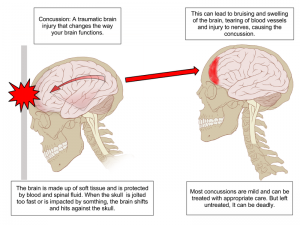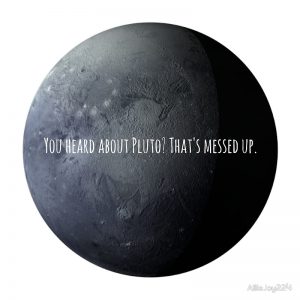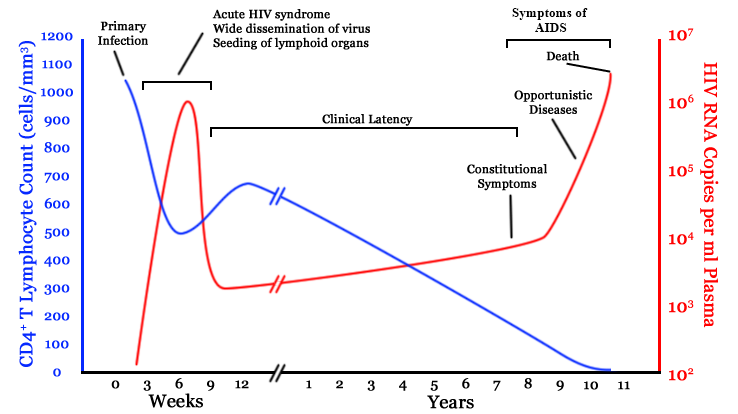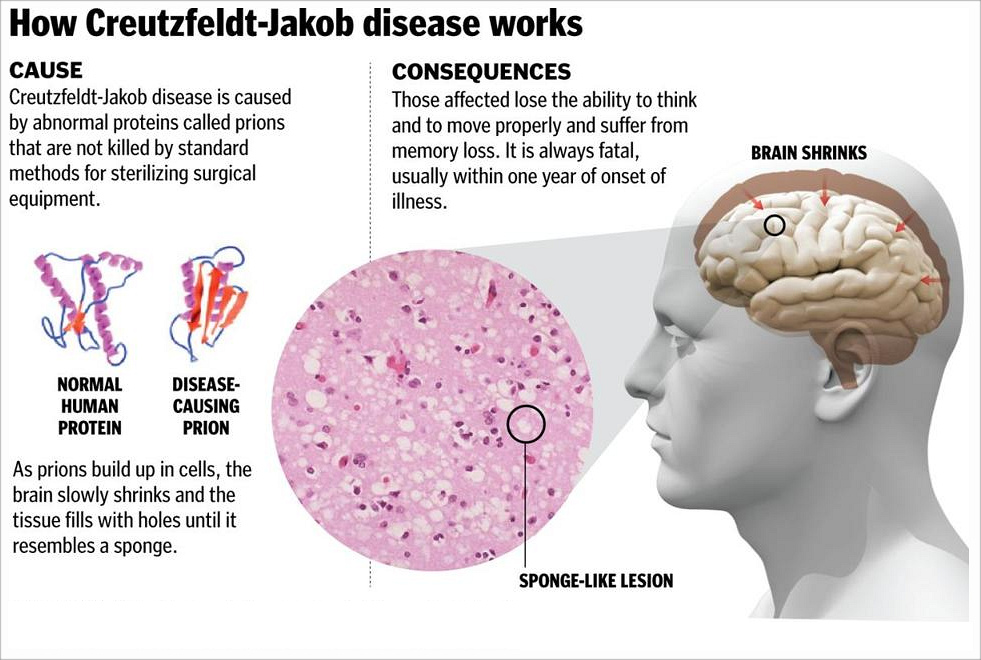Pneumonia, meningitis, gonorrhea, cholera, Lyme disease, syphilis, strep throat, gastritis, ulcers, and the plague. These are just some common illnesses caused by a bacterial infection. Although only less than one percent of all bacterial species are harmful, they are experienced killers with powerful biological weapons. How powerful? The plaque alone is estimated to have killed 200 million people during 14th to 17th century (3) ! Luckily, humans are now armed with antibiotics, which are chemical compounds that target and kill bacterial cells without harming our cells. With the accidental discovery of world’s first antibiotic penicillin by Alexander Fleming in 1928, humans have been able to combat bacteria since (6). However, things are changing fast. Bacteria are becoming resistant to antibiotics.

Antibiotic resistance is a serious issue that affects everyone and it’s not a problem of the future. Methicillin-resistant Staphylococcus aureus (MRSA) and Mycobacterium tuberculosis (MTB) which cause strep throat and tuberculosis respectively are just two of many bacterial species that are resistant to common antibiotics (11). Antibiotic resistant bacteria infect over 2 million people a year and killing them require stronger antibiotics or alternate methods (11). The availability is limited for these alternatives and they are more expensive which can be a huge financial burden on the patient. Furthermore, over 25 thousand people are killed from the bacteria, proving how dangerous even a minor infection could be without the help of antibiotics (7). Due to these reasons, health organizations around the world have made discovery of new antibiotics a top priority. With combined effort, a new class of antibiotic was discovered first time in 30 years: Teixobactin (4).

Each class of antibiotic has a unique way it kills bacteria. For example, β-lactam antibiotic such as penicillin attach to the bacterial cell wall, a protective casing that the bacteria produce. When attached, the antibiotic gets in the way of making the cell wall and the bacteria die off because it cannot survive without a cell wall (8). Unlike penicillin and all other antibiotic classes, Teixobactin kills bacteria by binding to the materials that bacteria need to make their cell wall (lipid II and lipid III) (4). Because there isn’t any material for the bacteria to use to build a cell wall, they die off. So far, the drug has shown to successfully kill antibiotic resistant MRSA and MTB (4) and because Teixobactin attacks multiple different weak points of bacteria (bind to both lipid II and lipid III), experts suggest that it will take 3o years or more for bacteria to develop resistance to it. (5) However, the researchers who discovered Teixobactin have yet to test the drug on humans and they still face challenges mass producing the drug. (7) They estimate that the drug may be available to the market in 5 years.
Jay Park
References:
(1) Antibiotic Resistant Bacteria https://www.betterhealth.vic.gov.au/health/conditionsandtreatments/antibiotic-resistant-bacteria (accessed Oct 18, 2016).
(2) Antibiotic Resistance of Tuberculosis http://dujs.dartmouth.edu/2009/02/new-trickes-for-an-old-foe-the-threat-of-antibiotic-resistant-tuberculosis/#.WAVjKujhBFw (accessed Oct 18, 2016).
(3) BBC News | HEALTH | De-coding the Black Death http://news.bbc.co.uk/2/hi/health/1576875.stm (accessed Oct 18, 2016).
(4) Ling, L.; Schneider, T.; Peoples, A.; Spoering, A.; Engels, I.; Conlon, B.; Mueller, A.; Schäberle, T.; Hughes, D.; Epstein, S. et al. A New Antibiotic Kills Pathogens Without Detectable Resistance. Nature 2015, 517, 455-459.
(5) Sarah Knapton,. First new antibiotic in 30 years discovered in major breakthrough http://www.telegraph.co.uk/science/2016/03/14/first-new-antibiotic-in-30-years-discovered-in-major-breakthroug/ (accessed Oct 18, 2016).
(6) Alexander Fleming Discovery and Development of Penicillin – Landmark – American Chemical Society https://www.acs.org/content/acs/en/education/whatischemistry/landmarks/flemingpenicillin.html (accessed Oct 18, 2016).
(7) New Antibiotic Kills TB, MRSA Without Building Resistance https://www.youtube.com/watch?v=oavgheHGPFw (accessed Oct 18, 2016).
(8) ß-Lactams: Mechanisms of Action and Resistance https://www.youtube.com/watch?v=qBdYnRhdWcQ (accessed Oct 18, 2016).
(9) What causes antibiotic resistance? – Kevin Wu https://www.youtube.com/watch?v=znnp-Ivj2ek (accessed Oct 18, 2016).
(10) Antibiotics: List of Common Antibiotics & Types – Drugs.com https://www.drugs.com/article/antibiotics.html (accessed Oct 18, 2016).
(11) Antibiotic resistance http://www.who.int/mediacentre/factsheets/antibiotic-resistance/en/ (accessed Oct 18, 2016).













